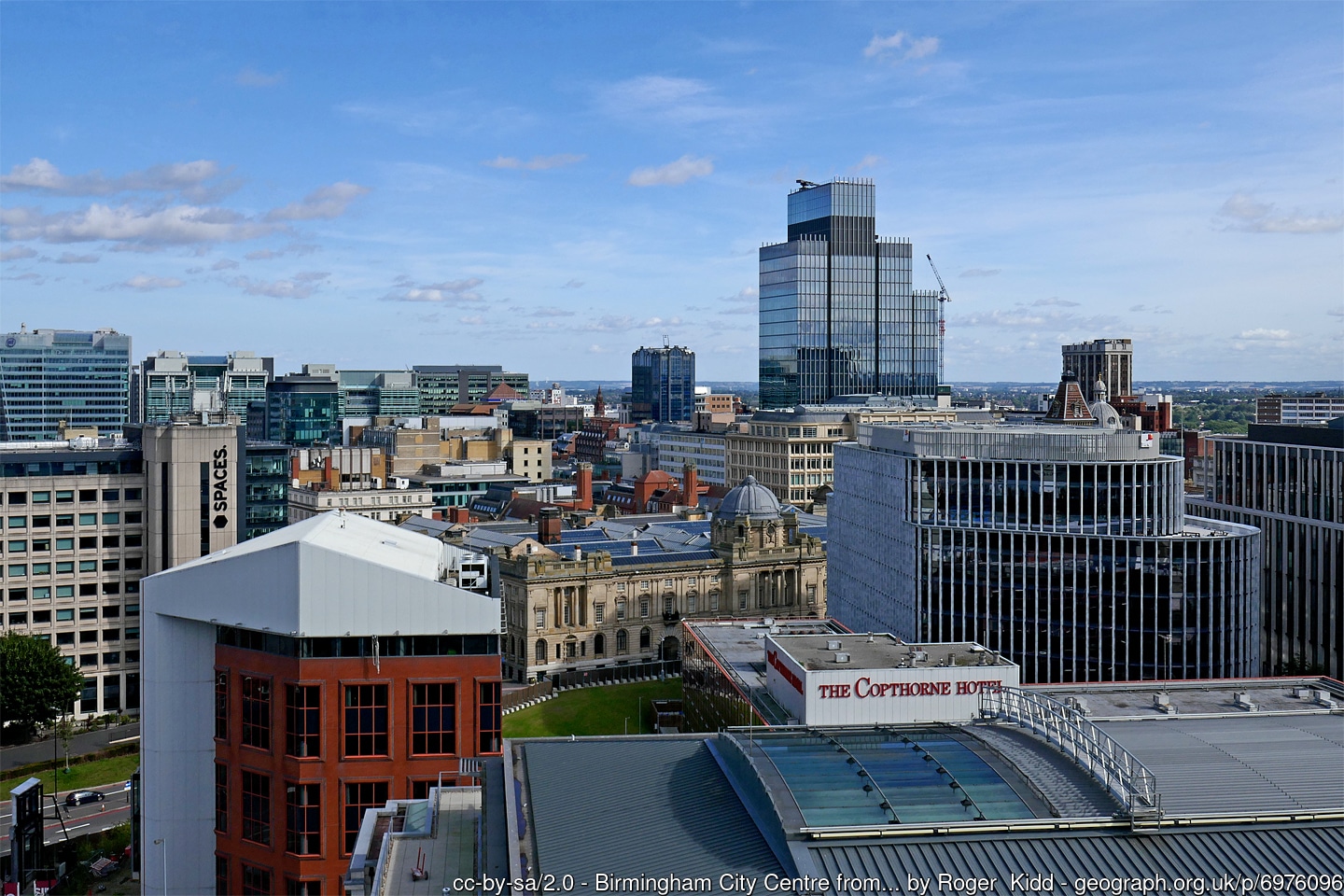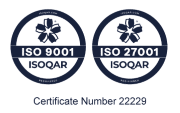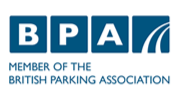Clean Air: Our Journey Starts with Education and Communication
(This article first appeared in Parking Review, September 2022 | #364)
It is increasingly clear that we have failed in the communication and education relating to air quality and wider climate concerns, as evidenced by the challenges experienced in the implementation of clean air initiatives.
Public opposition is high amid accusations that such schemes are merely a way to tax motorists – while the NHS struggles under the burden of a ballooning air quality crisis, and the UK recently experienced a heatwave which included wildfires that destroyed 41 properties in London.
If we are to address this situation, we must get on the same page in terms of how to proceed. I believe the journey starts with education and communication.
Climate scientists warn that recent unprecedented heatwaves are a mere taster of what is to come
The New Air Quality Crisis
How can we still be talking about this, seven years after the UK Supreme Court ruled that the government must take immediate action to cut air pollution? Or to put it into more human terms, nine years since the tragic death of nine-year-old Ella Adoo-Kissi-Debrah.
Yet still the issues mount. Poor air quality is the UK’s largest environmental health threat, with outdoor pollutants estimated to contribute 40,000 excess premature deaths and cause an additional 20,000 hospital admissions per year – a vast burden for our already fragile NHS.
Meanwhile, the Committee on the Medical Effects of Air Pollutants has concluded that air pollution is likely to increase the risk of dementia; and evidence from Italy suggests an association between nitrogen dioxide and COVID-19 mortality.
As if the above weren’t enough, climate scientists warn that recent unprecedented heatwaves are a mere taster of what is to come.
Despite this, car journeys have largely returned to pre-Covid levels, while the move towards clean air has stalled in the most depressing way: stuck in a political ‘tug of war’ while the residents that local and central governments are elected to serve suffer the health consequences.
We have legislation and we have proven technology solutions. We must be allowed to use them.
The Birmingham implementation was a great example of thinking through and addressing potential issues
Managing the Conversation
We know that Clean Air Zones work: you only need to look at examples such as London, Birmingham or Oxford. And having worked closely on the implementation in Birmingham, I have seen first-hand the importance of preparation and communication.
The Birmingham CAZ was supported by a major public consultation – and not only consultation of residents; it covered those entering the city to work as well, thereby including a greater proportion of those affected.
This consultation was followed by a major, highly visible communications campaign, Brum Breathes, which educated the community regarding the changes that were being made, the reasons for doing so, and the expected outcomes.
The Birmingham implementation was a great example of thinking through and addressing potential issues – and as a result highly effective in terms of preparing the public for incoming changes, including vehicle upgrades.
Brum Breathes is ongoing today, more than a year after the CAZ went live, most notably with the publishing of an interim report showing that air quality is already starting to improve, with an average 13% reduction of NO2 levels within the Zone.
Clean Air Implementations and Challenges
There are a couple of issues here, though. Firstly, it is worth noting the differences between Clean Air Zones as they are being implemented in England, and Low Emissions Zones in Scotland.
Scotland’s model is arguably more effective because it doesn’t just charge motorists for using polluting vehicles; it prevents them from entering the zone. This model has a greater impact on air quality and avoids accusations and perceptions that CAZs are simply revenue generating schemes for local authorities.
But perhaps the greater issue is the fact that exhaust emissions are only part of the problem. Emissions Analytics has reported that tyre and break wear emissions can be 1,000 times worse than those from the exhaust pipe – and are of course not addressed by a Clean Air or Low Emission Zone.
Admittedly such zones are rather blunt tools for the job. It is therefore important to not deliver them in isolation, but as part of a wider range of support mechanisms. Central to this should be public transport and Mobility Hubs.
Clean Air Zones and Low Emission Zones should be implemented alongside a wider transition towards public transport and shared mobility services
Clean Air and Public Transport – A Holistic Solution
Clean Air Zones and Low Emission Zones should be implemented alongside a wider transition towards public transport and shared mobility services – and indeed, I have previously written about the potential in Mobility Hubs, which I believe could be transformational. But public transport also remains fundamental to the changes we need to make.
Driven by rising fuel costs and concerns over air quality and carbon emissions, there are currently incredibly interesting developments in the public transport space, especially in relation to heavily subsidised or even completely free public transport.
Luxembourg has offered free public transport for some time, while Spain, Germany and Austria are now operating heavily subsidised services. Meanwhile, New Zealand discounted or removed public transport fares for a three-month period in response to the fuel cost crisis.
Perhaps investment in public transport services and infrastructure would have been a more effective response than the UK’s 5p per litre fuel duty cut, which barely registered given the continual rise in prices.
Authorities can take advantage of the full range of existing solutions, delivering maximum impact with minimum risk and cost.
Technology: Potential and Limitations
As the Managing Director at Imperial, I of course believe that technology has a major role to play in the journey towards clean air and lower carbon emissions. As we have proved in Birmingham and other towns and cities, technology already exists to support this transition.
Birmingham showed the importance of permits solutions, managing exemptions for exempt and low emission vehicles, and for residents or exceptional circumstances – for example, visitors to a hospital located in the zone.
But technology isn’t only about Clean Air Zones; we can monitor air quality, manage School Streets, Low Traffic Neighbourhoods and more. And by working in collaboration with the supply chain, authorities can take advantage of the full range of existing solutions, delivering maximum impact with minimum risk and cost.
And yet technology can do so much more. I recently met with an organisation that harnesses real-time air quality data; there is huge potential in this kind of information – we can use it to proactively direct people towards safe and healthy travel choices, all while increasing the education and awareness of this critical issue.
Local authorities should embrace this kind of information because they have a direct liability for the health of citizens, and it’s not currently being addressed.
We are all in the clean air crisis together and we need holistic solutions with genuine joined-up thinking.
Conclusion
I am proud to lead a business which is active in this space. I know the power of the technology we provide, both in terms of what we have achieved and what we can do in the future. But at the same time, it is clear that we cannot just ‘tech our way out’ of this crisis.
For too long we have watched as governments working in silos make decisions that don’t solve the issue: implementing road closures that only move a problem elsewhere; creating traffic choke points of slow-moving vehicles which we know is worse in terms of air quality.
We need better education and communication from central and local government. We should celebrate our successes locally and nationally; and our local press should be highlighting issues, healthy choices we can all make, and outlining what the community can do together to improve the situation.
We are all in this crisis together and we need holistic solutions with genuine joined-up thinking. Success here requires the communication and education of the public. Technology will help, but first, we must come together.
Company Registration Number: 02023383 ¦ Registered Office Address: Century House, 1 The Lakes, Northampton, NN4 7HD





